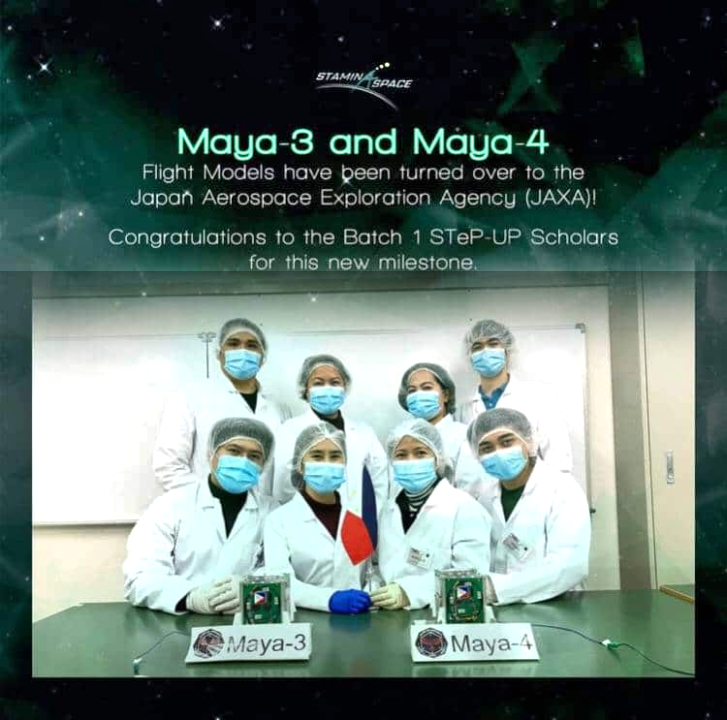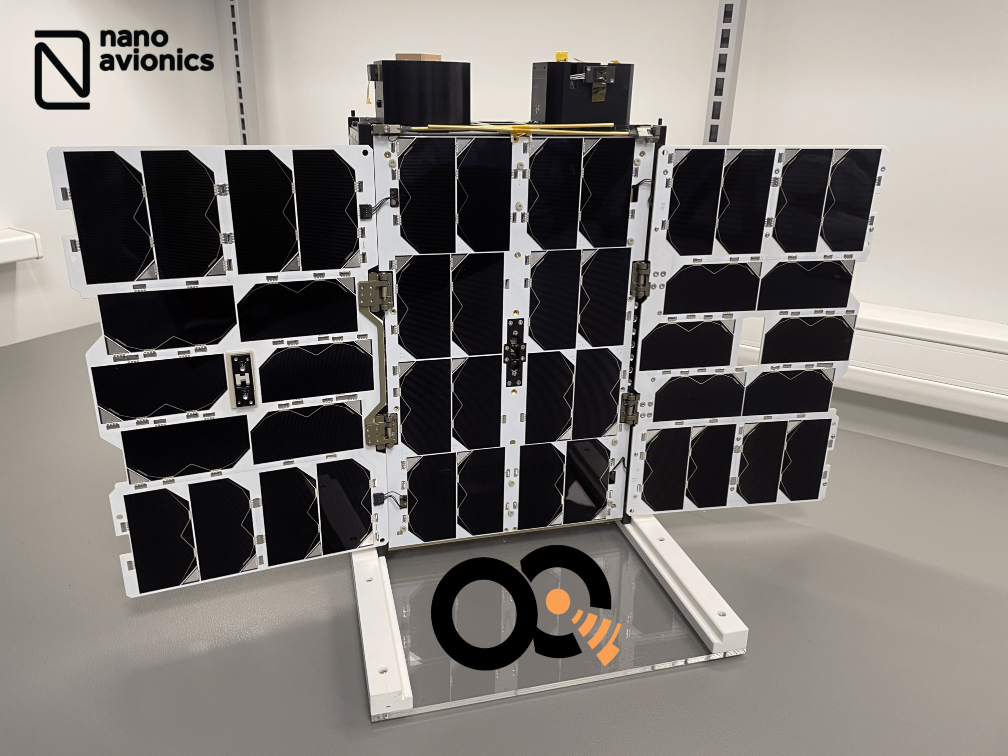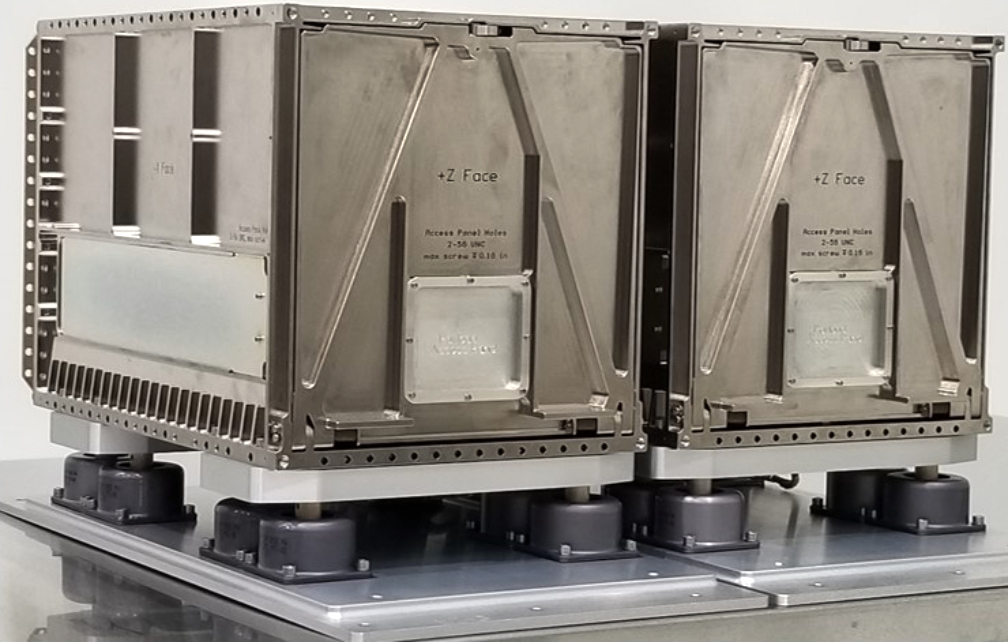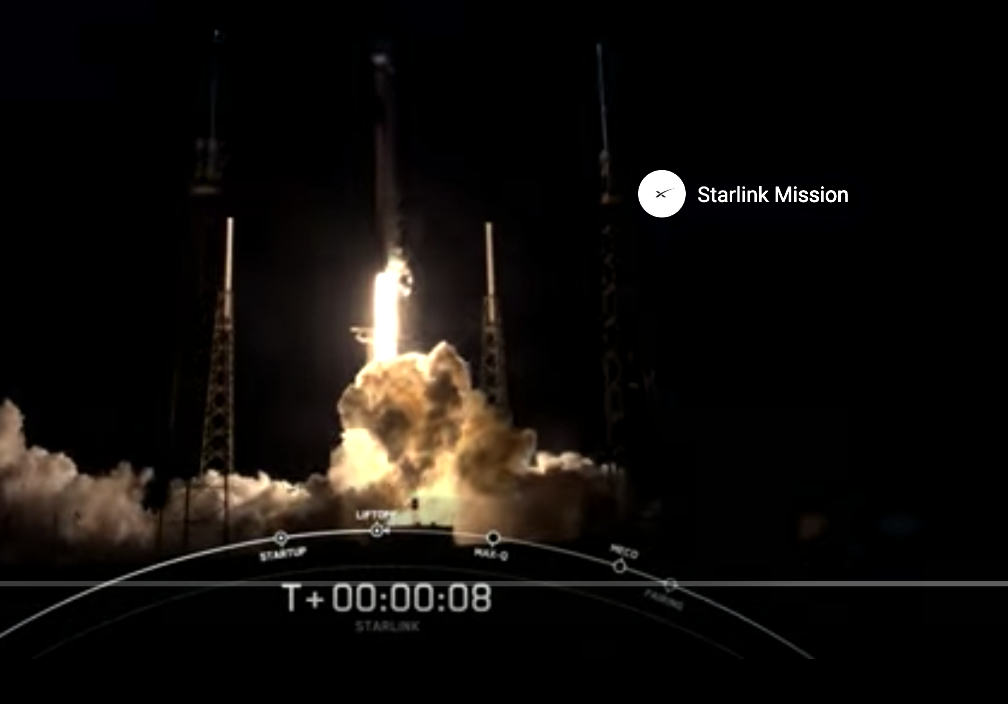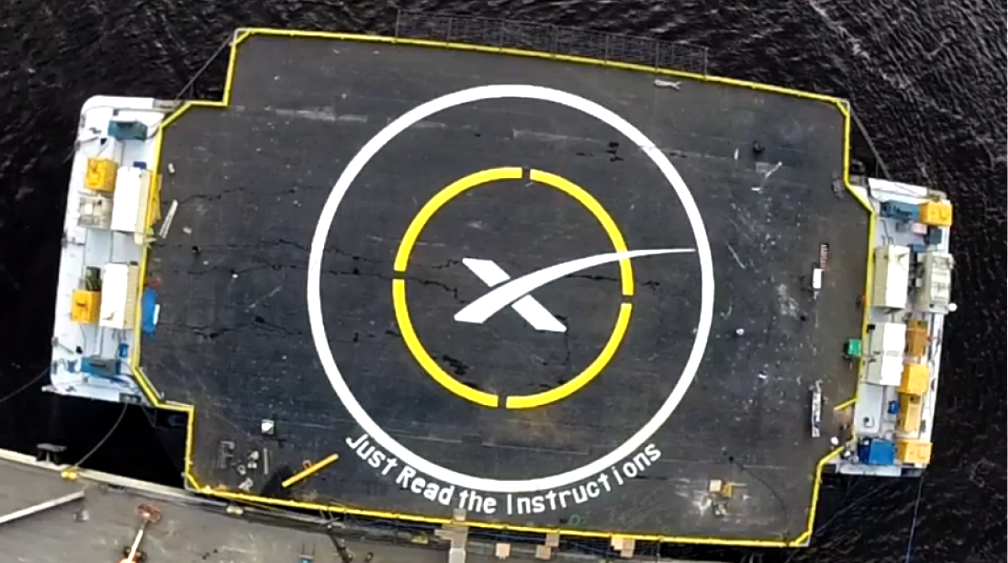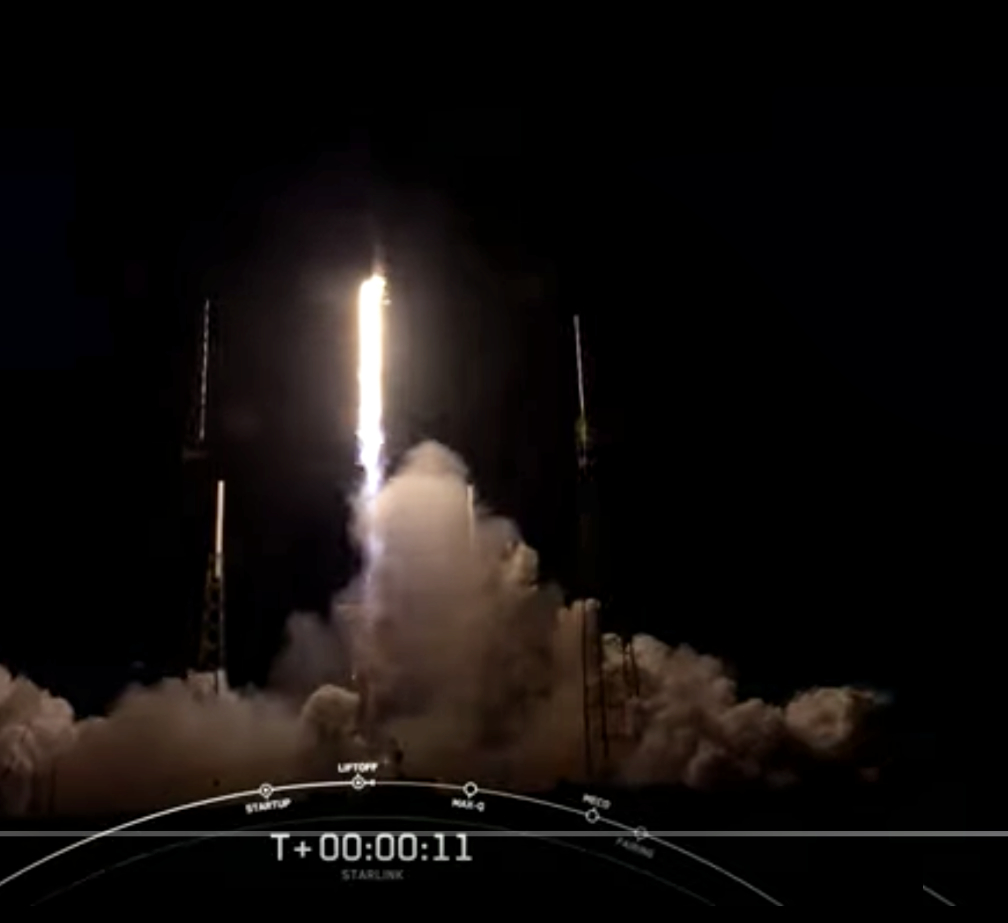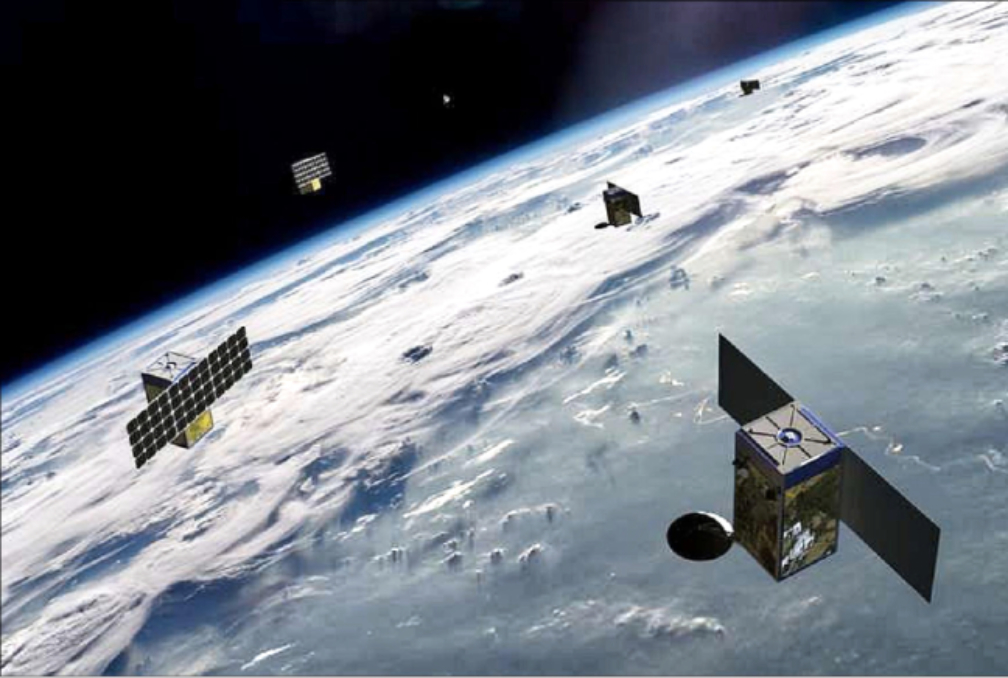
SpaceFund Inc. announced the company has fully deployed investments from its first “LaunchPad” fund — this venture capital firm placed investor funds in 14 companies, including some well-known NewSpace stars as well as seeding rising stars the firm believes are capable of helping to lead humanity into the frontiers of space.
SpaceFund is rapidly becoming one of the world’s leading space venture capital companies. The firm’s team started the LaunchPad fund in 2019 as a proof of concept to demonstrate its ability to find, navigate, and capitalize on deal flow that may be elusive to those outside of the insular next generation space community.
In addition to one stealth company, the LaunchPad fund has now completed building its portfolio with investments in the following companies:
- Axiom Space: The world’s first commercially built, owned and operated space station.
- Cognitive Space: Transforming the state of automation and AI for spacecraft and orbital machines.
- Cosmic Shielding: Major game changing radiation shielding and space weather forecasting.
- Eden Grow Systems: The first built-for-space integrated food and energy production system, now commercializing this technology for use on Earth.
- Made In Space (Redwire): The first in-space additive and industrial manufacturing company.
- Novo Space: The first plug-and-play modular computers for the most ambitious space missions.
- Orbit Fab: The first Gas Stations in Space
 for satellite refueling and the first Satellite Gas Cap
for satellite refueling and the first Satellite Gas Cap fueling ports.
fueling ports. - Sen: The first commercial live high-resolution television of Earth (and space), from space.
- Skyloom: The first high speed laser (optical) space communications network.
- Space Forge: The first end-to-end, free-flying space micro-manufacturing plants.
- Space Perspective: The world’s first luxury spaceflight experience company.
- SpaceX: The world’s most advanced rockets and spacecraft.
- Voyager Space Holdings: A leading global space exploration company.
“We’re right on track in our plan to seed and support the growth of these amazing companies,” said SpaceFund founder Rick Tumlinson. “Our formula is working. First we find brilliant frontier tech startups in need of early funding, then we bring in funds from visionary investors, and after significant diligence, we place those funds in just the right places to power the space revolution. These companies are a good representation of those rising to meet the challenge of what Gerard O’Neill called the ‘High Frontier. The seeds our investors are enabling us to plant and support now, will grow into the mighty oaks of the future space industrial ecosystem. With our next BlastOff fund, we will widen this base, finding new leaders, and providing the funding for growth needed to assure humanity can permanently and profitably expand into that frontier.”
“We balance our excitement about what is and will be happening in space with a deep and thorough vetting process,” said SpaceFund managing partner and co-founder Meagan Crawford. “We don’t chase rockets, satellite swarms, or shiny objects. Instead, we find brilliant teams with game changing technologies and solid business plans. While some of them may not seem glamorous, they are the foundational elements of a rapidly rising space economy.”
SpaceFund is now investing in new companies out of its second fund, the BlastOff fund. If your space startup would like to be considered for investment, please fill out the ‘Submit Your Company for Consideration’ form on the SpaceFund website: https://spacefund.com/submit/

